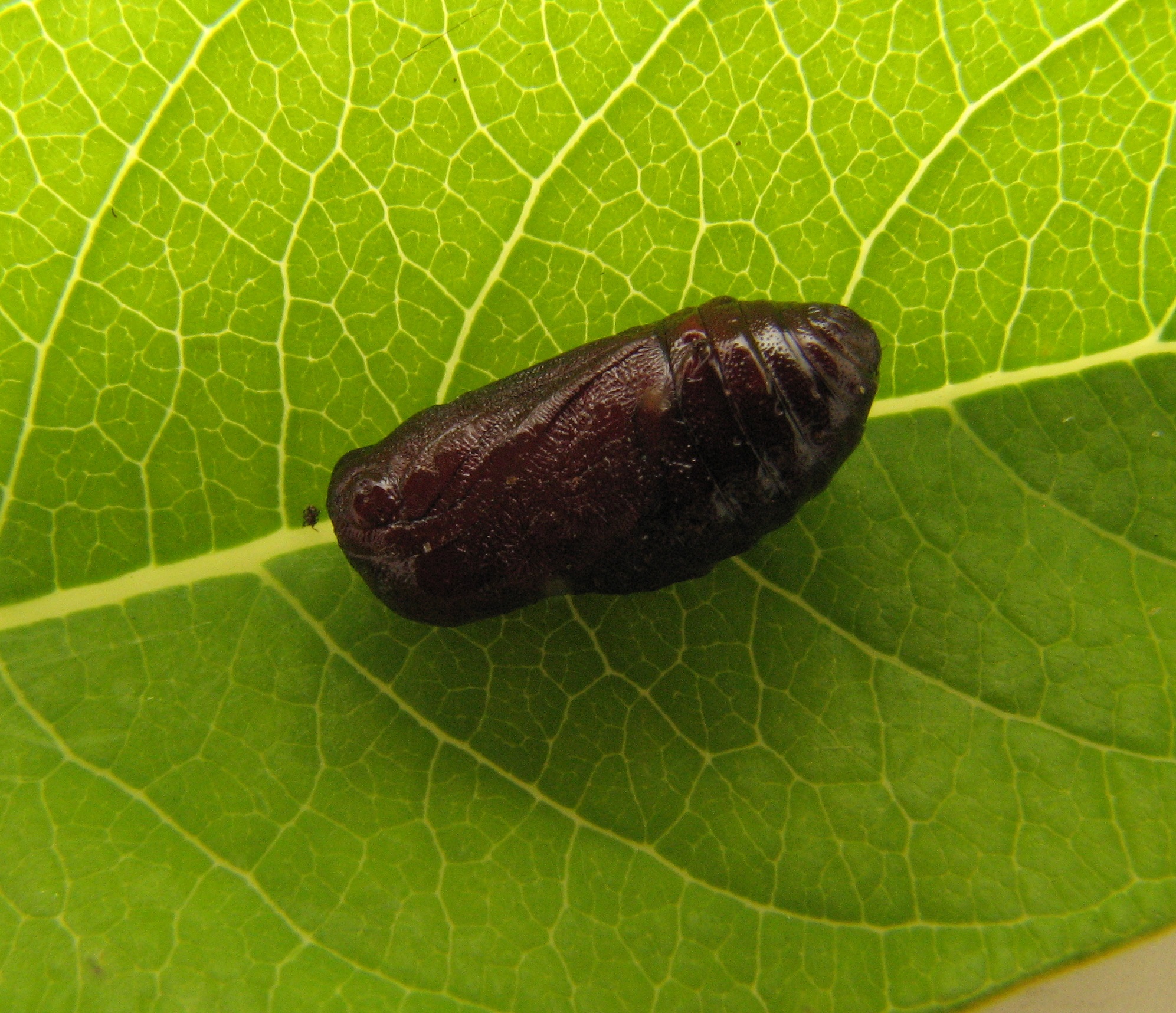Euchaetes Egle on:
[Wikipedia]
[Google]
[Amazon]
''Euchaetes egle'', the milkweed tiger moth or milkweed tussock moth, is a moth in the family
Image:Euchaetes2.JPG, Early instar
Image:Euchaetes.JPG, Late instar
Image:Euch attack.JPG, Under attack of a pentatomid

''Moths of Maryland''
Images of adult {{Taxonbar, from=Q1764213 Moths described in 1773 Phaegopterina Moths of North America Taxa named by Carl Linnaeus
Erebidae
The Erebidae are a family of moths in the superfamily Noctuoidea. The family is among the largest families of moths by species count and contains a wide variety of well-known macromoth groups. The family includes the underwings ('' Catocala'') ...
and the tribe Arctiini
__NOTOC__
The Arctiini are a tribe of tiger moths in the family Erebidae.
Systematics
The tribe was previously treated as a higher-level taxon, the subfamily Arctiinae, within the lichen and tiger moth family, Arctiidae. The ranks of the fami ...
, the tiger moths. The species was first described by Dru Drury
Dru Drury (4 February 1724 – 15 December 1803) was a British collector of natural history specimens and an entomologist. He had specimens collected from across the world through a network of ship's officers and collectors including Henry Sme ...
in 1773. It is a common mid- through late summer feeder on milkweed
''Asclepias'' is a genus of herbaceous, perennial, flowering plants known as milkweeds, named for their latex, a milky substance containing cardiac glycosides termed cardenolides, exuded where cells are damaged. Most species are toxic to humans ...
s and dogbane
Dogbane, dog-bane, dog's bane, and other variations, some of them regional and some transient, are names for certain plants that are reputed to kill or repel dogs; "bane" originally meant "slayer", and was later applied to plants to indicate tha ...
. Like most species in this family, it has chemical defenses it acquires from its host plants, in this case, cardiac glycoside
Cardiac glycosides are a class of organic compounds that increase the output force of the heart and decrease its rate of contractions by inhibiting the cellular sodium-potassium ATPase pump. Their beneficial medical uses are as treatments for c ...
s. These are retained in adults and deter bats, and presumably other predators, from feeding on them.Hristov, N. L. & Conner, W. E. (2005). "Effectiveness of tiger moth (Lepidoptera, Arctiidae) chemical defenses against an insectivorous bat (''Eptesicus fuscus'')". ''Chemoecology''. 15 (2): 105–113. Only very high cardiac glycoside concentrations deterred bats, however. Adults indicate their unpalatability to bats with ultrasonic clicks from their tymbal organs.
Range
It is found from southern Canada and south through Texas and Florida in North America.*Wagner, D. L. (2005). ''Caterpillars of Eastern North America''. Princeton University Press.Lifecycle
One generation per year occurs in the north, and two or more may occur in the south.Egg
Females lay eggs in masses on the undersides of leaves.Larva
Earlyinstar
An instar (, from the Latin '' īnstar'', "form", "likeness") is a developmental stage of arthropods, such as insects, between each moult (''ecdysis''), until sexual maturity is reached. Arthropods must shed the exoskeleton in order to grow or ...
s appear slightly hairy and gray. They skeletonize whole leaves gregariously, leaving lacy leaf remnants. They are gregarious until their third instar. Later instars sport tufts of black, white and orange (sometimes yellow) setae (hairs). The head capsule is black. The later instars wander much more, and may appear alone or in groups of up to 10. Mature caterpillars occur from June onwards. Larvae grow as long as 35 mm.

Pupa
The gray cocoon is felted, with hairs from the larvae, and overwinters (Wagner, 2005).Adults
Wings are grayish. Abdomens are hairy and yellow, each with a row of black dots on its dorsum. Males use their tymbal organs in calling females and in defense against bats.Food plants
This moth frequently uses milkweeds (''Asclepias'' spp.) and sometimes dogbane (''Apocynum'' spp.) as larval host plants. Larvae often feed on older milkweed shoots, and seldom share shoots with monarchs (''Danaus plexippus
The monarch butterfly or simply monarch (''Danaus plexippus'') is a milkweed butterfly (subfamily Danainae) in the family Nymphalidae. Other common names, depending on region, include milkweed, common tiger, wanderer, and black-veined brown. I ...
''), which prefer younger ones.
Dogbanes and milkweeds produce a sticky latex that can impede larval feeding. Early instars avoid the veins by skeletonizing the leaves. Older larvae sever the veins that supply the latex, which reduces latex flow to the area on which they feed.Dussourd, D. E. & Denno, R. F. (1991). "Deactivation of plant defense: Correspondence between insect behavior and secretory canal architecture". ''Ecology''. 72 (4): 1383–1396.
References
External links
* Range map''Moths of Maryland''
Images of adult {{Taxonbar, from=Q1764213 Moths described in 1773 Phaegopterina Moths of North America Taxa named by Carl Linnaeus